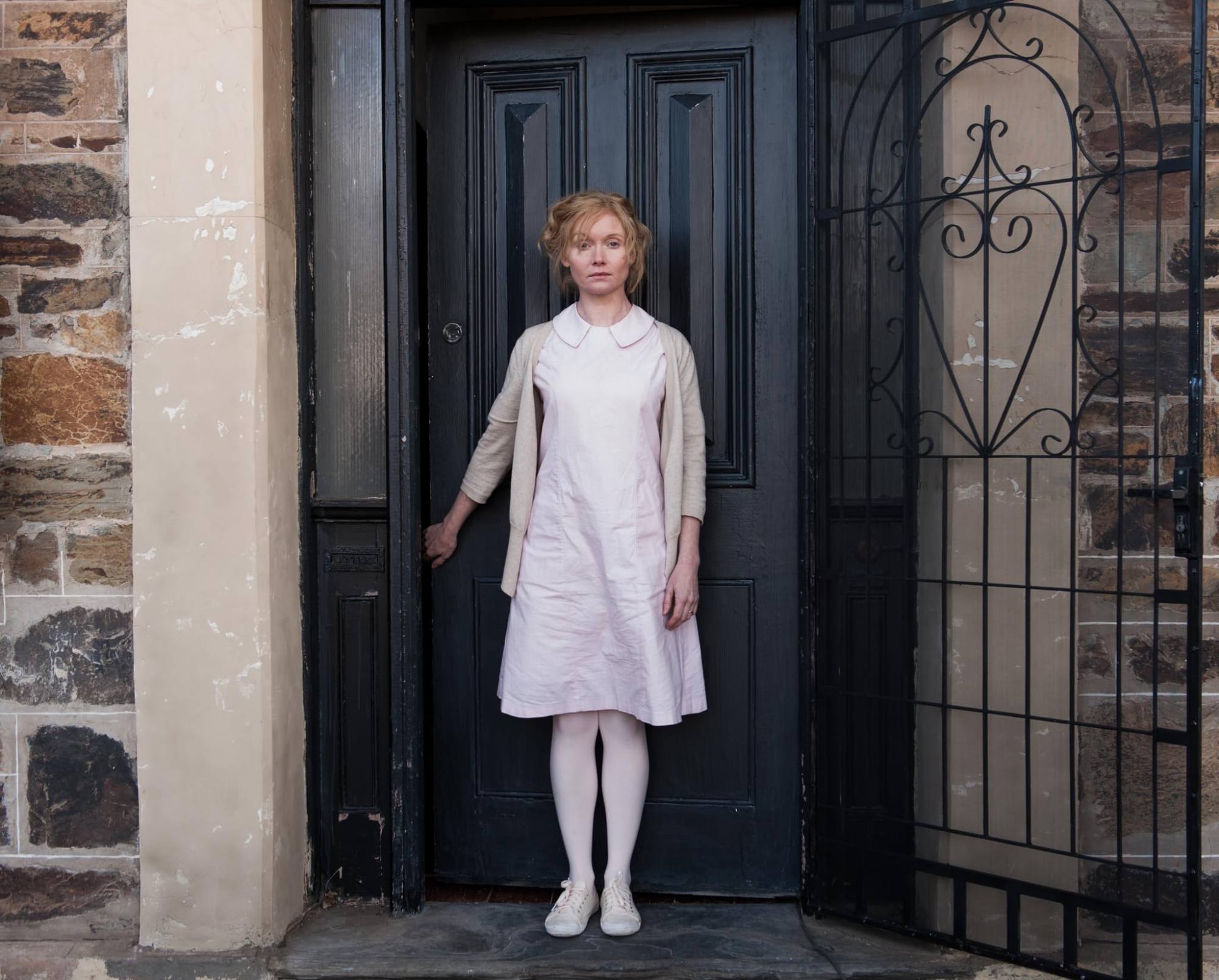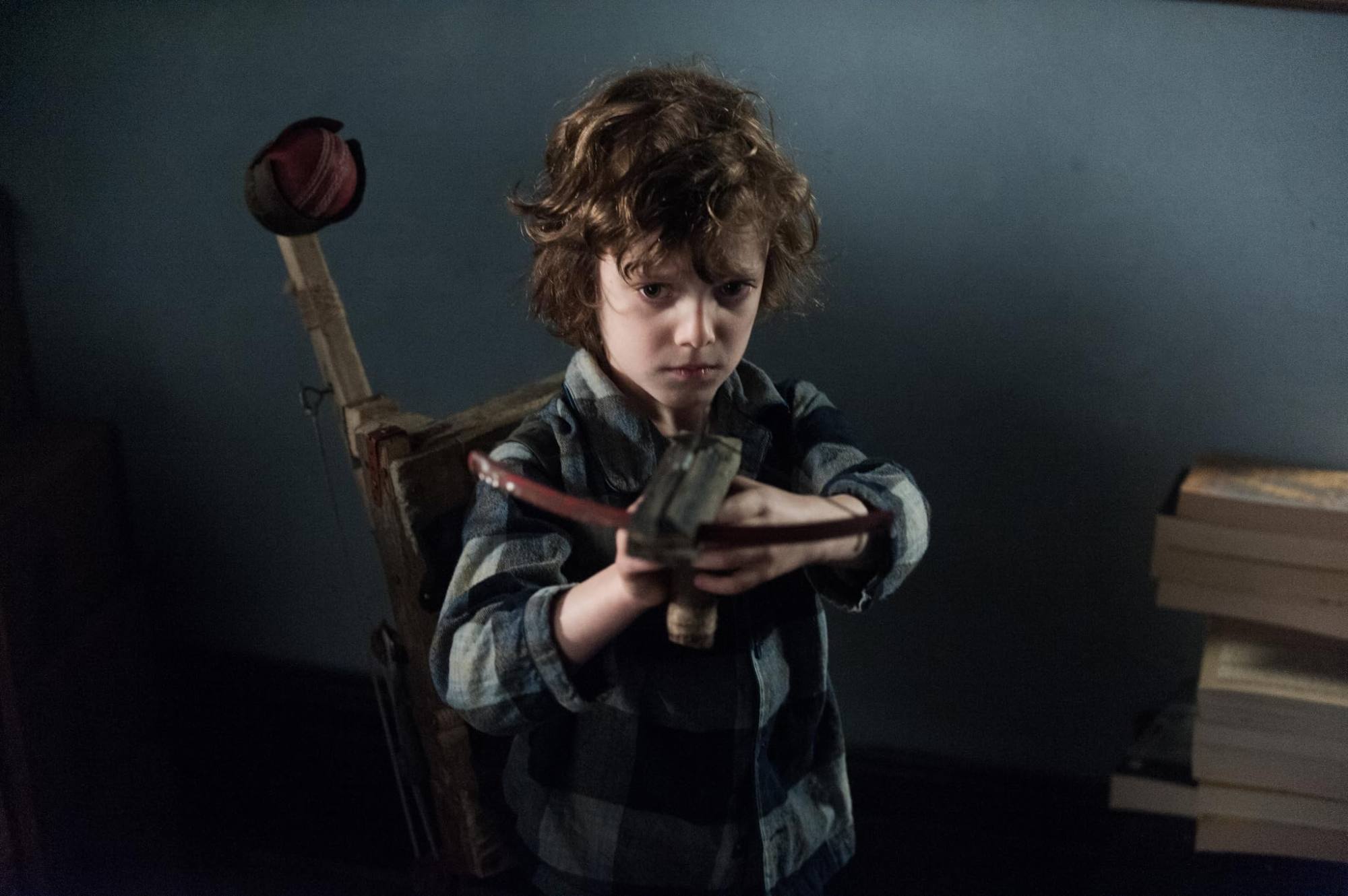
The Babadook at 10: supernatural horror film Stephen King called ‘deeply disturbing’ is unafraid to tackle a taboo
- Amelia, a grieving widow, and her young son Samuel form the heart of The Babadook, a psychological horror movie where, we discover, nothing is as it seems
- At first, the villain is a storybook bogeyman, but halfway through, the film pulls back to a more objective viewpoint – and we learn the real horror
If horror is about saying the unsayable, it is no wonder that Australian writer-director Jennifer Kent’s 2014 debut, The Babadook, is held in such high regard by those in the know.
Legendary author Stephen King called it “deeply disturbing”, and The Exorcist director William Friedkin said, “I’ve never seen a more terrifying film.”
“It’s the great unspoken thing,” Kent told The Guardian newspaper of her masterpiece, which turned 10 in May 2024. “We’re all, as women, educated and conditioned to think that motherhood is an easy thing that just happens.
“But it’s not always the case. I wanted to show a real woman who was drowning in that environment.”
Amelia Vanek (Essie Davis) is a widow and single mother to six-year-old Samuel (Noah Wiseman). They live in a gloomy house in suburban Adelaide, in Australia.
Her husband, Oskar (Ben Winspear), was killed in a car accident while driving Amelia to the hospital to have Samuel, and his absence looms large in their lives.
One night, he finds a pop-up book called Mr Babadook on the shelf, and they read it as his bedtime story. It tells of an evil creature with long talons, a cape and a top hat, who creeps into people’s houses to menace them.
“If it’s in a word or it’s in a look, you can’t get rid of the Babadook,” warns the text. Soon they start seeing the Babadook everywhere – on television, in the next-door neighbour’s house, even scuttling across the bedroom ceiling – and the horror really begins.

Make no mistake, the Babadook is a great monster, with just the right mix of vague and specific detailing to be terrifying.
The name comes from the Serbian word for bogeyman, babaroga, while the monster is styled like Lon Chaney’s “The Man in the Beaver Hat” from the 1927 film London After Midnight and dresses in Oskar’s old clothes, which Amelia keeps in the basement.
There is a brilliant scene where she goes to the police to say she is being stalked by something, only to see the Babadook’s costume hanging up in the background.
For the first half of the film, Kent forces us to share Amelia’s suffocating subjectivity. There are very few establishing shots, but lots of close-ups of faces. This is how we see people in real life, especially the people we see too much.
The house, meanwhile, is a place of nightmares, with dark blue walls and creepy ornaments in every corner.
Like Amelia, the whole world seems to be in mourning for Oskar. Almost every secondary character wears navy or black, and the sun never shines, even though we are in Australia.

But halfway through, once the Babadook has taken over every aspect of Amelia’s life, something fascinating happens.
Having experienced events through her eyes, we pull back to a more objective viewpoint, where it becomes clear that it is mental illness, not monsters, that is the real problem.
She has intrusive thoughts of hurting Samuel, the dog and herself; she sees things that are not there, such as cockroaches behind the fridge; and flies into sudden rages.
Incidentally, when we see her screaming at Samuel, it is not Wiseman, but a stand-in – a credit to both of their outstanding performances.
It could even be a long-delayed post-partum psychosis – a condition that can cause mothers to be scared they will hurt their children. In preparation for the role, Davis read a book on the subject, and it shows in Amelia’s increasingly terrifying behaviour.

As a mother of twins, she told The Guardian, it was not “that big” a transformation – “It was just about being brave enough to show everyone.”
Gradually, we begin to understand that the Babadook is not real but, as academic Paula Quigley puts it, a “manifestation of her repressed emotions”. In this case, her grief over losing Oskar and her resentment towards Samuel. So how can she get rid of it?
The second half of the film dramatises Amelia’s path to healing, almost like a supernatural version of the counselling journey.
After Samuel offers her unconditional love – “I know you don’t love me, the Babadook won’t let you,” he says. “But I love you, Mum. And I always will.” – we see her relive Oskar’s death, purge her darkest feelings by throwing up black bile and rob the Babadook of its power by telling it, “You are nothing!”
The final scene shows Amelia and Samuel at peace, the storm having passed. It is sunny for the first time, they are affectionate with each other, and together they gather worms to feed the Babadook, which now lives in the basement.
It is a happy ending, of sorts, but it also admits that Amelia will never really overcome her demons, just learn to live with them.

Kent said she would not have made the film if she had to kill the Babadook off. Why? “Because darkness is not something that you throw away, and then life starts and you’re all happy,” she told film magazine Electric Sheep. “Darkness is a part of life. And it needs to be integrated.”
After all the horrors we have seen, this is the hardest thing to say of all because, of course, it is true.

